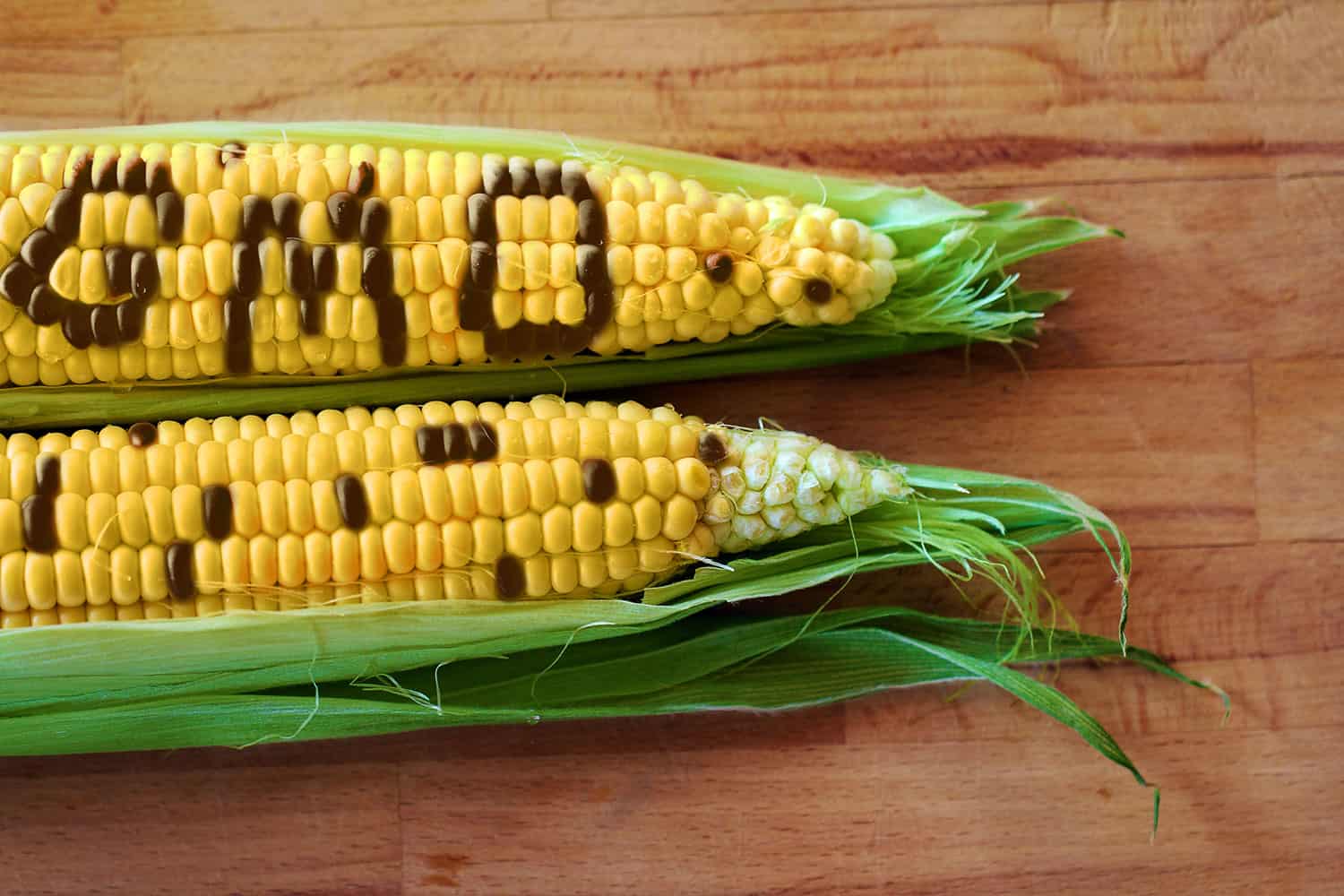[ad_1]
I not too long ago had a kind of splitting hairs kind of discussions with a colleague on the definition of GMOs – Genetically Modified Organisms. As quickly as I converse of GMOs, I’m referring to genetically engineered crops like soybeans and corn which had been bred for industrial agriculture use. Genes are inserted into these crops in laboratories, primarily to withstand industrial-size elements of pesticides and herbicides.
Nevertheless it certainly completely was acknowledged to me that the U.S. Division of Agriculture’s definition of a GMO is means fully completely completely different. So I appeared it up, and positive ample, it’s.
What’s the official definition of a GMO?
Any change to a plant’s genes – whether or not or not or not all through the lab or the sector – makes it a GMO beneath the USDA definition. In accordance with the USDA’s Glossary of Agricultural Biotechnology Phrases, a GMO is “an organism produced by genetic modification.”, which all of us knew. Nevertheless, the an equivalent glossary defines genetic modification as, “the manufacturing of heritable enhancements in crops or animals for express makes use of, by way of every genetic engineering or completely completely different additional customary strategies.“
So the USDA’s definition of a GMO accommodates customary strategies like plant breeding by way of hybridizing (managed cross-breeding by horticulturists); pure number of open-pollinated heirloom varieties (since you’re deciding on for optimistic traits, subsequently genetically modifying the plant); and pure mutations.
So, beneath the USDA’s definition, any time a plant is manipulated in a laboratory, greenhouse, or by nature, it’s thought-about genetically modified. That sort of muddies the waters, doesn’t it? Crops are “improved” for magnificence, dimension, mannequin, shade, or quite a few completely completely different traits – some to feed us, some merely to have the benefit of. Often, that happens with out our intervention, nonetheless we need it, so we save the seeds of that plant in order that we’re able to develop additional of them.
Genetic engineering: Manipulation of an organism’s genes by introducing, eliminating or rearranging express genes utilizing the strategies of newest molecular biology, notably these methods generally called recombinant DNA methods.
Genetically engineered organism (GEO): An organism produced by genetic engineering.
-USDA
By and huge, and what most of us assume when any media group trots out the phrase GMO, they’re referring to genetically engineered organisms (which the USDA glossary abbreviates as GEO). Most of us use the phrases interchangeably, so why does it matter?
It factors enormously when licensed ideas are written. If a regulation is enacted that restricts GMO crops from being grown in a optimistic space or included in optimistic meals merchandise, it’s needed that the wording of that regulation be exact and limit solely these crops which might be genetically engineered and on no account these modified by customary, age-old and naturally occurring strategies. As everybody is aware of all too correctly, if a loophole exists in any regulation, corporations will uncover a chance to benefit from it. And it takes years to re-write a regulation as rapidly as a result of it’s on the books, all via which interval every kind of hurt might be carried out.
So, let’s begin utilizing the time interval GEO instead of GMO. So that we’re all on the an equivalent internet net web page.
[ad_2]
